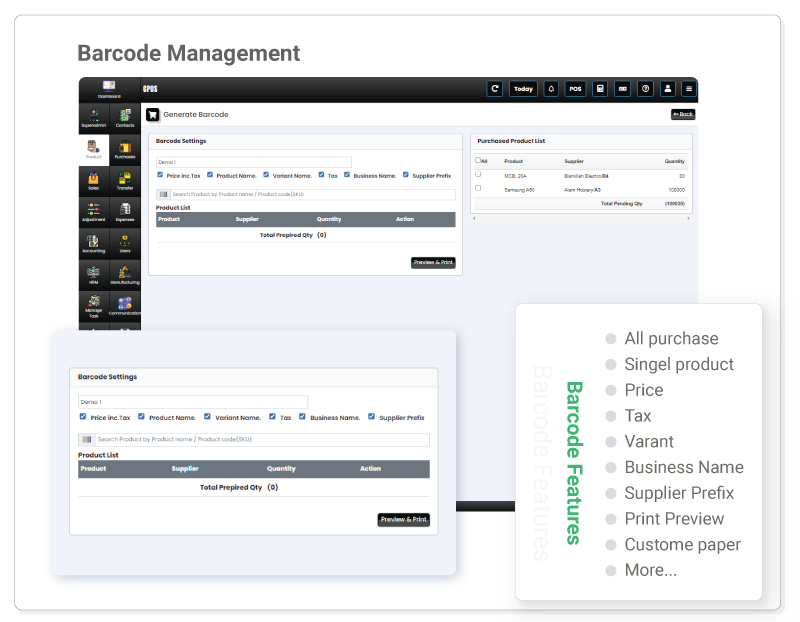
What Is a barcode and how does It work
In today’s digitized world, barcodes are ubiquitous. From the items we purchase at the grocery store to the packages delivered to our doorsteps, barcodes play a crucial role in inventory management, retail operations, and logistics. But have you ever wondered how these black and white stripes actually work? Let’s delve into the fascinating world of what is a barcode and how does it work? and unravel their functionality.
What is barcode?
At their core, barcodes are graphical representations of data. They consist of parallel lines of varying widths and spacing, along with accompanying numbers, which encode information about the product or item they are attached to. Barcodes serve as unique identifiers, enabling swift and accurate tracking of goods throughout the supply chain.
The Anatomy of a barcode
While barcodes come in various formats, the most commonly encountered type is the one-dimensional (1D) barcode, also known as the linear barcode. These barcodes typically consist of a series of black bars and white spaces arranged in a specific pattern. Each barcode comprises a start and stop character, which indicate the beginning and end of the code, respectively, along with a combination of encoded data.
Encoding Information
The width and spacing of the bars and spaces in a barcode represent different characters or digits. By scanning the barcode with a compatible device, such as a barcode scanner or smartphone equipped with a barcode reader app, the encoded data is extracted and interpreted. This data could include product information, pricing details, batch numbers, expiration dates, and more.
Barcode Scanning Process
When a barcode is scanned, a light source illuminates the barcode, and the reflected light is captured by a photosensitive receiver, typically a CCD (Charge-Coupled Device) or a laser scanner. The scanner converts the light patterns into electrical signals, which are then decoded by specialized software. The decoded information is subsequently transmitted to a computer or other digital system for processing.
Types of Barcodes
While 1D barcodes are the most prevalent, there are also two-dimensional (2D) barcodes, such as QR codes, which can store significantly more data in a smaller space. QR codes, recognizable by their square shape and arrangement of black modules, have gained popularity for applications ranging from marketing campaigns to mobile payments and ticketing.
Applications Across Industries
Barcodes have revolutionized various industries, streamlining operations and enhancing efficiency. In retail, they facilitate inventory management, check-out processes, and price tracking. In healthcare, barcodes are used to label medications, medical devices, and patient records, reducing errors and improving patient safety. Additionally, barcodes are integral to logistics and shipping, enabling precise tracking and tracing of packages from sender to recipient.

